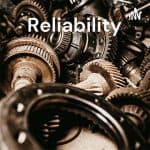
Allocating Reliability – Conundrum
Abstract
Chris and Fred discuss one of the challenges of allocating reliability … in response to a question from one of our listeners. Might you be able to learn something as well!
ᐅ Play Episode
Your Reliability Engineering Professional Development Site
by Christopher Jackson Leave a Comment

Chris and Fred discuss one of the challenges of allocating reliability … in response to a question from one of our listeners. Might you be able to learn something as well!
ᐅ Play Episode
by Michael Pfeifer, Ph.D., P.E. Leave a Comment

by Dianna Deeney Leave a Comment

FMEA (Failure Mode and Effects Analysis) is a tool we can use to help us investigate complaints from the field. The FMEA is a matrix of the collective team knowledge about the risks of this product, so it’s a valuable source in our investigation about what’s going on in the field.
We talk through how to go about using FMEA for complaint investigation and what we can do with the information.
by Greg Hutchins Leave a Comment

Risk is now incorporated into many, if not all, ISO quality and reliability standards. ISO 31000 is the go-to international standard for risk management and risk-based decision-making. ISO 31000 can be used by all types of organizations, regardless of their size, industry, or sector. ISO 31000 provides a standardized and systematic approach to risk management. This helps organizations to identify, assess, and manage risks consistently and effectively. [Read more…]

There are a couple of reasons that an organization will launch quality and continuous improvement initiatives. One of those reasons drives most of the focus.
What looks like one enemy is actually several.
The Quality Warrior doesn’t just fight the enemy but also must build the army.

Carl and Fred sharing suggestions for new reliability engineers on what to do when starting your first job.
ᐅ Play Episode
by Carl S. Carlson Leave a Comment
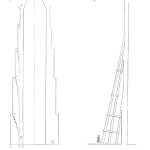
Carl and Fred discussing a question from an Inside FMEA reader on the subject of Process FMEA. It brings up a general topic of root cause, and whether assigning the cause to various forms of operator error is useful.
ᐅ Play Episode
by Dianna Deeney Leave a Comment

We want to ensure our designs perform reliably, as expected and intended. With today’s high-reliability products and quick release to market, we probably don’t have enough time to just test our parts at normal use rates. It would take too long, because our products ARE so reliable. Or, we’ll miss our window of opportunity to get our product to market.
There are several ways to get reliability data to make design decisions. One of the ways is reliability life testing of our product.
This episode explores how accelerated stress testing is one subset of other reliability life testing methods, when it’s a good idea, how we can approach doing it, and what we can do with the results.
by Christopher Jackson 2 Comments
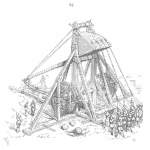
First thing … the MTBF is not a reliability metric (other webinars explain why!) But there are many times when (for reasons good and bad) we need to test something to see how often it fails. This can help us determine how many spare parts we need, how many maintainers and technicians we need to employ, and many other really useful (typically logistic) considerations. We sometimes also need to be able to work out if a product meets an MTBF requirement. But when we do … we need to take into all sorts of statistical considerations like producer’s risk, consumer’s risk, and discrimination ratio. Shouldn’t the requirement be the requirement? If you want to learn more about MTBF testing and how it might (or might not) work … then join us for this webinar.
by Mike Konrad Leave a Comment
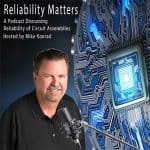
Industry icon Dave Hillman completed a 3,600 mile solo kayak journey down the Missouri River. I spoke with Dave about the inspiration for the journey, insights gained over his four-month expedition, and how his experience as an engineer helped him prepare for this epic experience.
This video features many photographs taken by Dave Hillman on his 3600 mile kayak journey.
by Christopher Jackson 4 Comments

Chris and Fred discuss if it is possible to change any organization? Which is a topical issue for reliability engineers who feel that no one takes it seriously.
ᐅ Play Episode
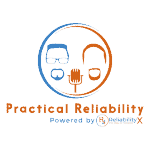
by Carl S. Carlson Leave a Comment
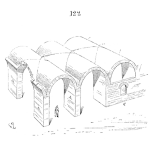
Carl and Fred discussing a reader question having to do with the use of the reliability bathtub curve, including the efficacy of the curve itself.
ᐅ Play Episode
by Michael Pfeifer, Ph.D., P.E. 1 Comment

This episode is a complement to articles and podcasts available on the Industrial Metallurgists website.
by Akshay Athalye Leave a Comment
